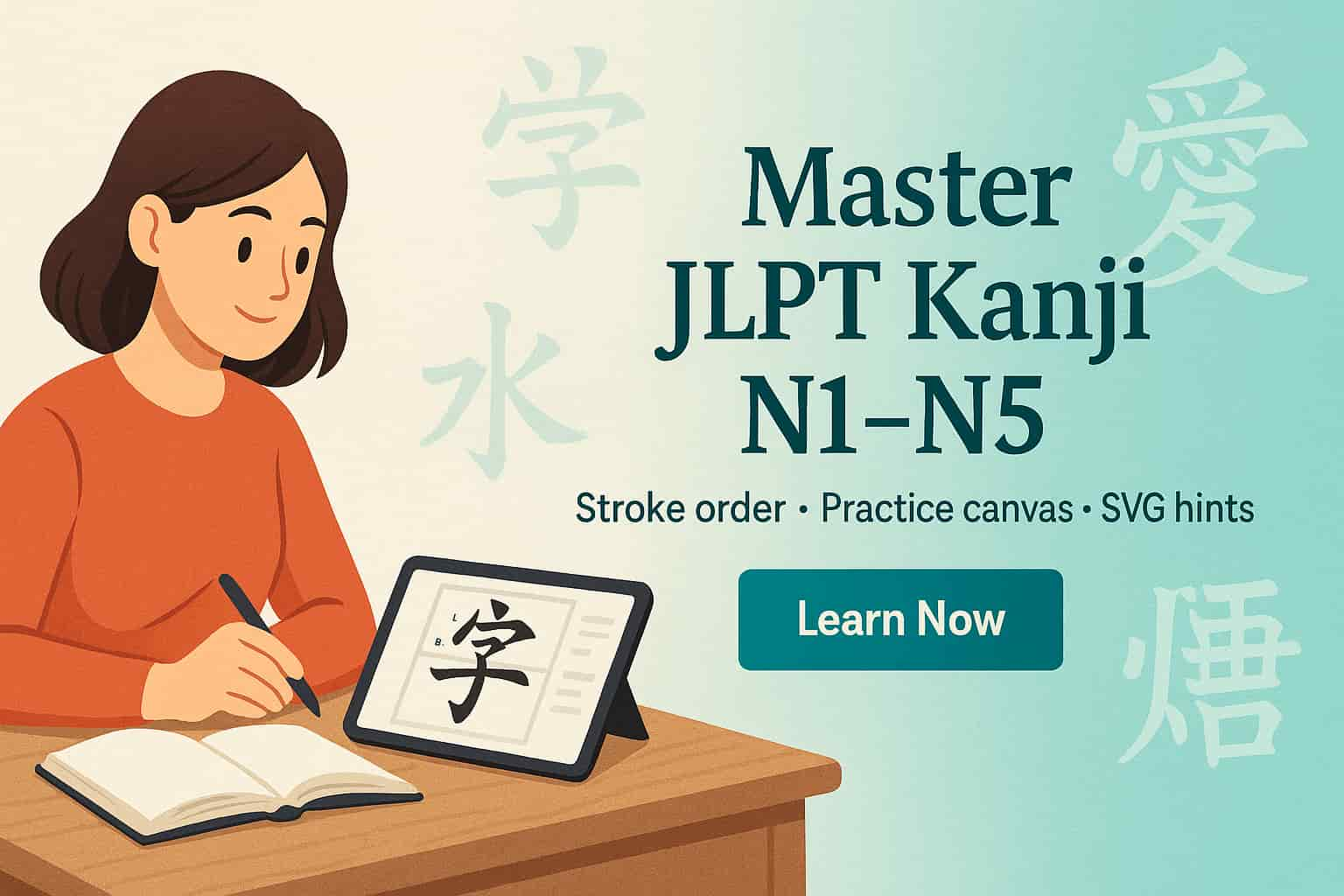How to Get a Work Visa in Japan: Complete 2025 Guide
If you're dreaming of living and working in Japan, a country where tradition meets innovation then understanding the visa process is the first (and most important) step for you. Whether you're aiming to teach, code, cook, or care, this guide will help you navigate the Japanese work visa process step-by-step in 2025.
Why Work in Japan?
Japan isn’t just sushi, cherry blossoms, and anime. It’s a country with a declining population and labor shortages especially in IT, nursing, construction, and education. The government actively encourages skilled foreign workers to help support the economy.
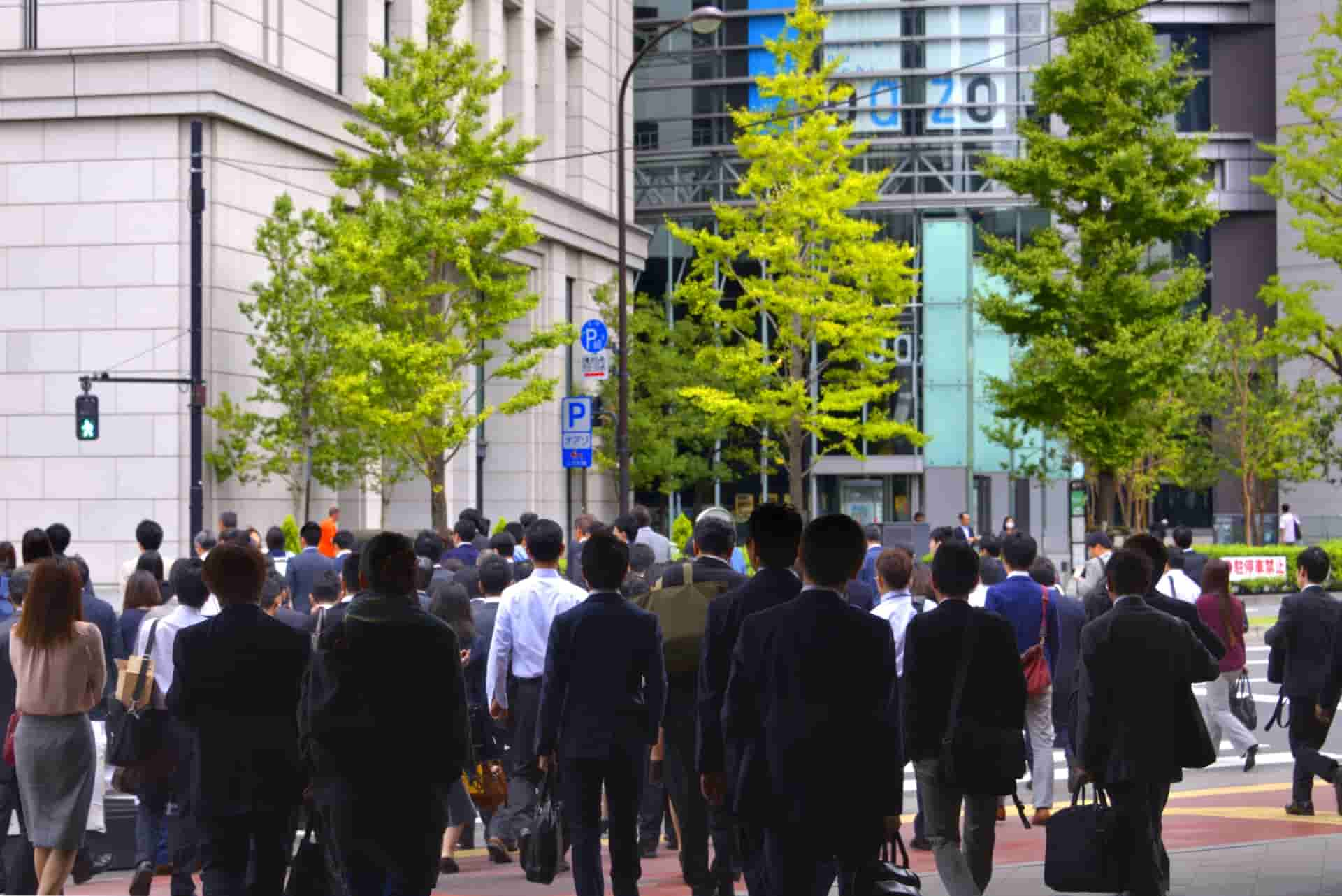
Where to Find Jobs in Japan
As like other countries, before applying for a visa, you need a job offer from a company. Here are reliable job finding platforms for foreigners looking to work in Japan:
- GaijinPot Jobs – English-speaking jobs across Japan
- TokyoDev – Developer jobs in Japan with English-speaking teams and visa support, curated by a foreign developer in Japan
- JobsinJapan.com – Wide variety of industries
- CareerCross – For bilingual professionals
- Japan Dev – Remote and tech jobs with top-tier companies
- Hello Work – Japan’s official government employment service (Japanese only)
- Indeed Japan – Japan’s largest job search aggregator (Japanese & English)
- LinkedIn Japan – Great for global companies & remote work
- DevJobsScanner – Curated tech jobs in Japan with filters for remote, visa support, and company type
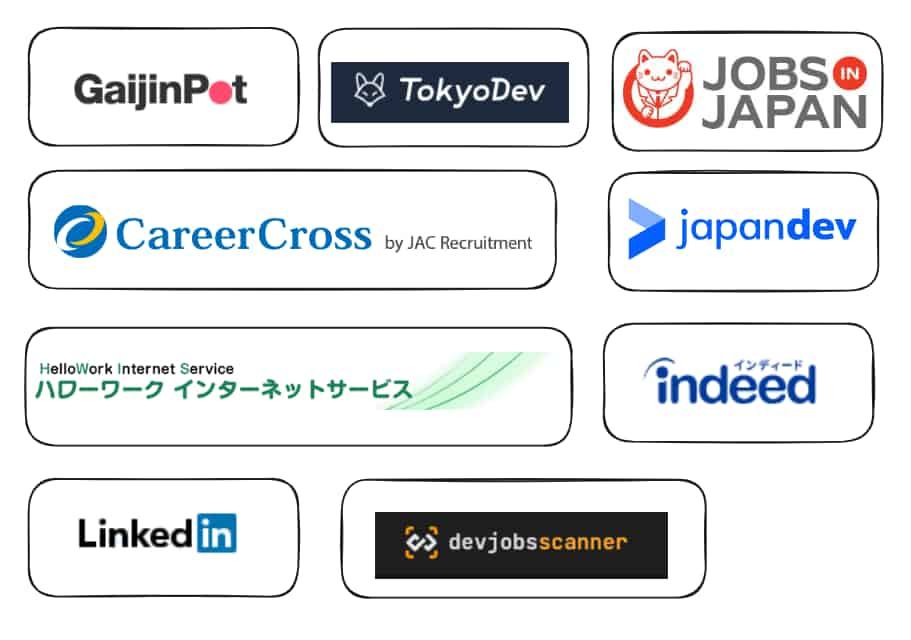
Types of Work Visas in Japan
Japan has more than a dozen work visa categories that are specifically designed for specific professions. Choosing the right visa type isn’t just a formality it’s a critical step that affects your approval and legal work status. Japanese immigration authorities are strict when reviewing applications, and one of their key requirements is that your job offer must align with your academic background or professional experience.
For example, if you’re applying as an engineer, they typically expect you to hold a degree in engineering, computer science, or a related field. Applying for a visa that doesn’t match your qualifications can lead to rejection, delays, or even legal issues later. That’s why it’s important to carefully review the eligibility rules and confirm your job title fits within the correct visa category.
Common Work Visa Types in 2025:
- Engineer / Specialist in Humanities / International Services: For tech, marketing, finance, translation, etc.
- Instructor: For teaching at schools or public institutions
- Skilled Labor: Chefs, craftsmen, construction workers, etc.
- Specified Skilled Worker (SSW): For blue-collar jobs in 14 sectors (like caregiving, hospitality)
- Business Manager: For entrepreneurs starting a company in Japan
Do You Qualify?
Most professional visa categories require:
- A bachelor's degree or relevant work experience
- A job offer from a registered Japanese employer
- Proof of skills, experience, or academic credentials
Don’t worry if you don’t have a degree — the Specified Skilled Worker program or Skilled Labor categories are open to those with experience or a skills certificate.
Step 1: Get a Certificate of Eligibility (COE)
After your job offer, your employer in Japan will apply for a Certificate of Eligibility (COE) on your behalf. This document proves to immigration that you qualify for the work visa. The process takes 1–3 months. Your employer submits it along with your documents to the Japanese Immigration Bureau.
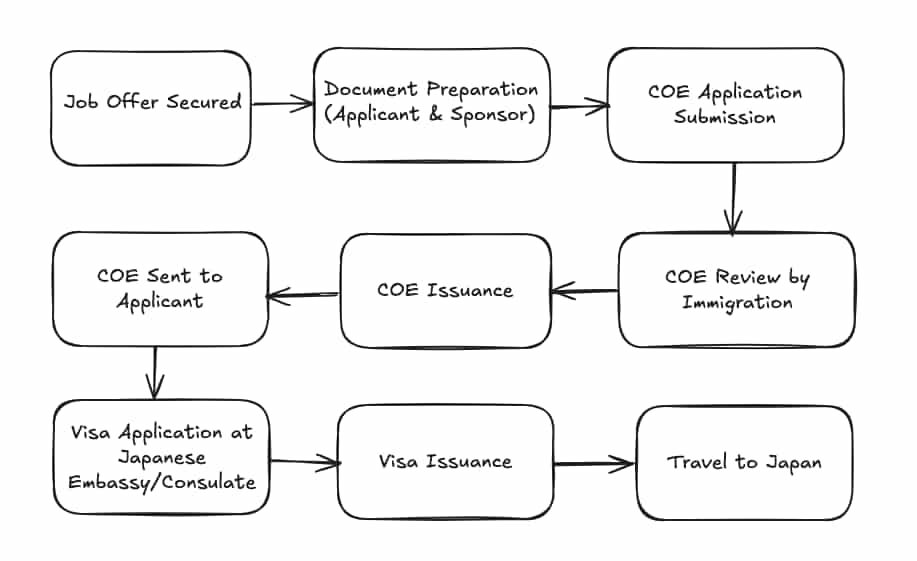
Step 2: Submit Visa Application at Your Embassy
Once your COE is issued, bring it to the Japanese embassy or consulate in your home country along with:
- Visa application form (with photo)
- Your valid passport
- Original COE and a copy
Processing time is usually 5–10 business days. Once approved, your visa will be attached to your passport.
Step 3: Arrive and Register in Japan
Upon landing in Japan:
- You’ll receive a Residence Card at the airport
- You must register your address at your city hall within 14 days
- Enroll in National Health Insurance and pension (mandatory)
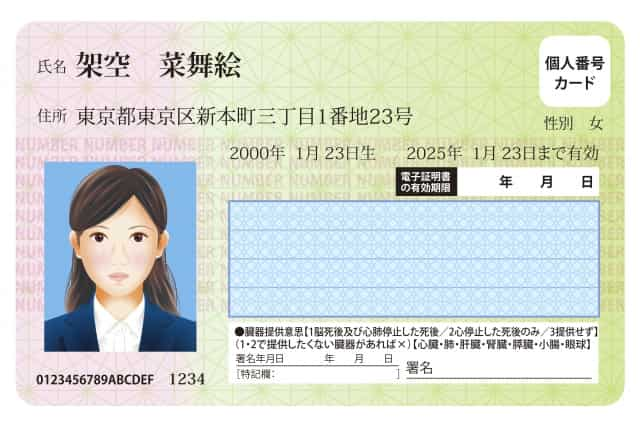
Tips to Boost Your Visa Approval Chances
- Submit documents that are neat, translated (if needed), and complete
- Use a tool like RirekishoBuilder to format your resume properly
- Double-check job details like job title and salary on the COE
- Work with employers who’ve sponsored visas before
Final Thoughts
Japan can be an amazing place to live and grow your career — whether you're in tech, teaching, service, or skilled labor. The work visa process might feel overwhelming at first, but if you follow the right steps and have the right job offer, it’s absolutely achievable.
